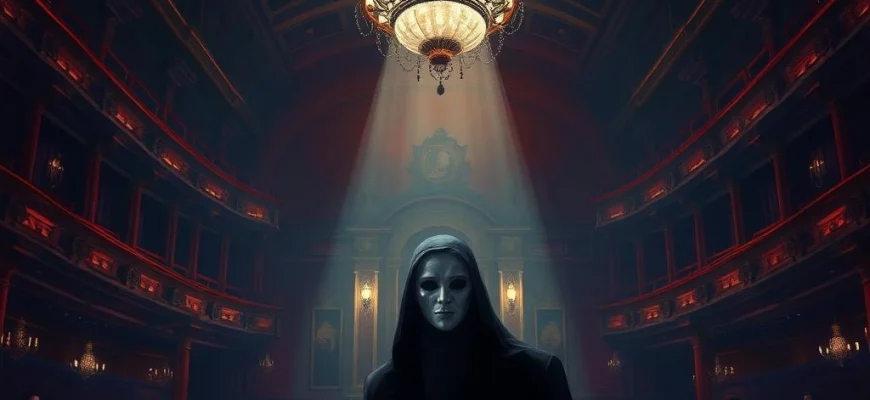If you're a fan of the hauntingly beautiful 'The Phantom of the Opera' (1925), you'll love these 10 similar movies and shows that capture its gothic romance, eerie atmosphere, and dramatic storytelling. Whether you're drawn to tragic love stories, mysterious masked figures, or grand theatrical settings, this list has something to enthrall you.

The Cabinet of Dr. Caligari (1920)
Description: A pioneering work of German Expressionist cinema, featuring a dark, twisted narrative with a mysterious and malevolent figure controlling events from the shadows. The film's surreal, angular sets create a nightmarish, dreamlike quality.
Fact: Considered the first true horror film, its twist ending was revolutionary for its time. The distorted sets were designed to reflect the unstable mental state of the characters.
 Watch Now
Watch Now 
Nosferatu (1922)
Description: An unauthorized adaptation of Dracula, this silent film features a haunting, grotesque vampire who brings terror to a small town. The film's eerie atmosphere and themes of doomed love and supernatural horror make it a classic.
Fact: The filmmakers changed character names to avoid copyright issues, but were still sued by Bram Stoker's estate. Max Schreck's performance as Count Orlok is one of the most iconic in horror history.
 Watch Now
Watch Now 
The Hands of Orlac (1924)
Description: A psychological horror film about a pianist who receives the hands of a murderer in a transplant, leading to madness and paranoia. The film explores themes of identity, artistry, and the grotesque.
Fact: This film was one of the first to explore the concept of transplanted limbs causing personality changes. The story has been remade several times, most famously as 'Mad Love' in
 Watch Now
Watch Now 
Faust (1926)
Description: A German Expressionist masterpiece about a man who sells his soul to the devil for youth and love, only to face tragic consequences. The film's dramatic lighting and supernatural themes create a haunting, operatic atmosphere.
Fact: The film's climactic scene features some of the most impressive special effects of the silent era. Director F.W. Murnau used multiple exposures to create ghostly apparitions.
 Watch Now
Watch Now 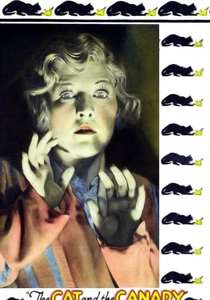
The Cat and the Canary (1927)
Description: A gothic horror-comedy set in a creepy mansion, featuring a mysterious inheritance, a hidden killer, and a damsel in distress. The film blends suspense with dark humor, much like the referenced title's mix of horror and romance.
Fact: This film helped establish many tropes of the
 Watch Now
Watch Now 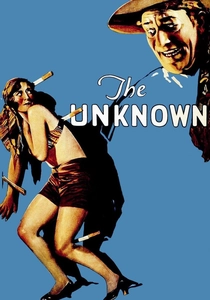
The Unknown (1927)
Description: A dark tale of a circus performer with a dangerous secret who becomes obsessed with a beautiful woman. The film's themes of hidden identity, obsession, and tragic love align closely with the referenced title.
Fact: Lon Chaney performed all his own stunts, including working with real circus equipment. The film's shocking twist ending was highly controversial for its time.
 Watch Now
Watch Now 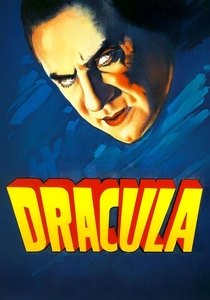
Dracula (1931)
Description: A classic horror film with a mysterious, charismatic yet monstrous figure at its center, lurking in the shadows of a grand, gothic setting. The story delves into themes of obsession, forbidden love, and the supernatural.
Fact: Bela Lugosi's portrayal of Dracula became the definitive version of the character for decades. The film's eerie atmosphere was achieved through innovative lighting techniques and minimal dialogue.
 Watch Now
Watch Now 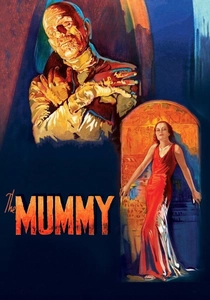
The Mummy (1932)
Description: A tale of ancient curses and forbidden love, featuring a resurrected creature who seeks to reclaim his lost love across centuries. The film's themes of eternal love and tragic destiny mirror those of the referenced title.
Fact: Boris Karloff's mummy makeup took eight hours to apply. The film's success spawned numerous sequels and established the mummy as a horror icon.
 Watch Now
Watch Now 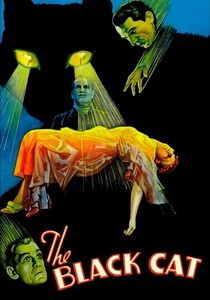
The Black Cat (1934)
Description: A psychological horror film set in a modernist house built on the ruins of a battlefield, featuring two men locked in a deadly game of revenge. The film explores themes of obsession, madness, and the supernatural.
Fact: This was the first film to pair Boris Karloff and Bela Lugosi, two of horror's biggest stars. The film's Art Deco sets were highly innovative for the genre.
 Watch Now
Watch Now 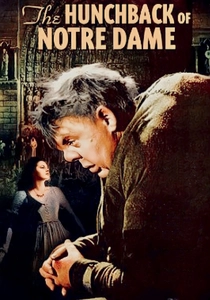
The Hunchback of Notre Dame (1939)
Description: A gothic tale of love and tragedy set in a grand, shadowy cathedral, featuring a disfigured protagonist who lives in isolation, much like the referenced title. The film explores themes of unrequited love, societal rejection, and the contrast between beauty and horror.
Fact: This was the first sound adaptation of Victor Hugo's novel. The film's elaborate sets were among the most expensive of their time, recreating Notre-Dame Cathedral in stunning detail.
 Watch Now
Watch Now 
